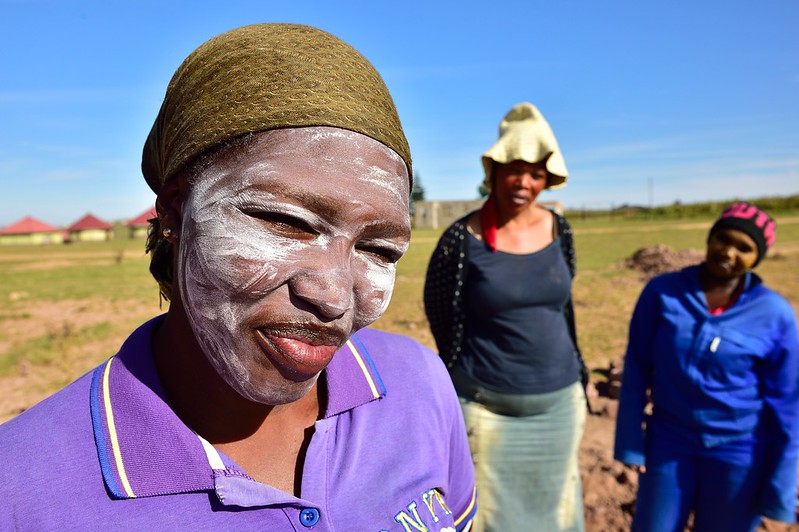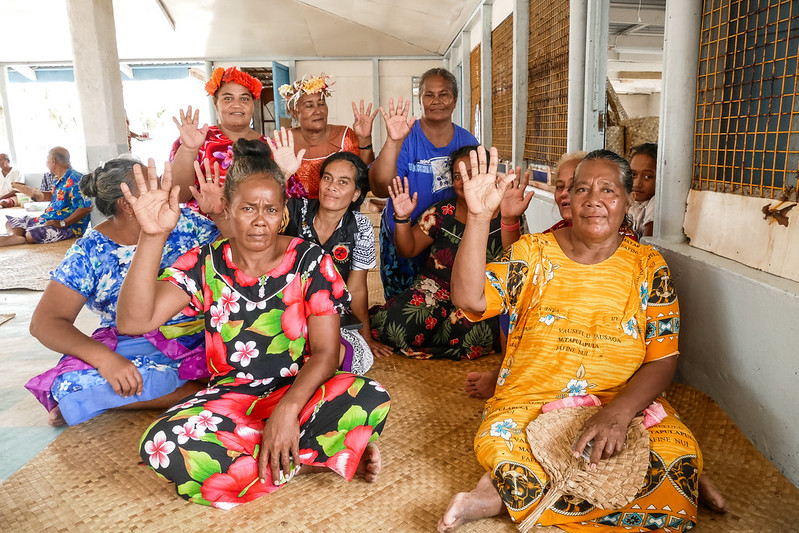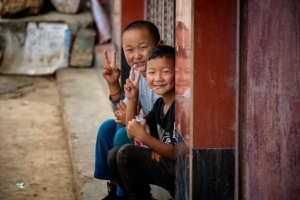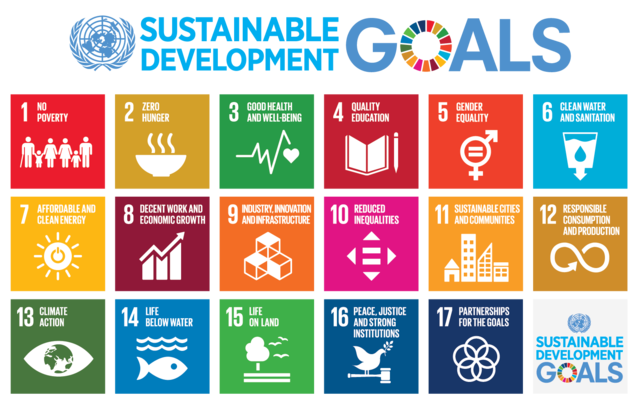 Unemployment has been a persistent concern in South Africa. At the same time, South Africa is a water-scarce nation facing inconsistent rainfall, which disproportionately affects the country’s impoverished population. To address poverty and the environment in South Africa, the nation launched the Working for Water (WfW) program in 1995. This has expanded to larger environmental and social employment programs that are still effective today.
Unemployment has been a persistent concern in South Africa. At the same time, South Africa is a water-scarce nation facing inconsistent rainfall, which disproportionately affects the country’s impoverished population. To address poverty and the environment in South Africa, the nation launched the Working for Water (WfW) program in 1995. This has expanded to larger environmental and social employment programs that are still effective today.
Impacts of the WfW Program
The WfW program hires unemployed persons to remove invasive plant species, thereby providing income while targeting pressing environmental concerns. These plant species deplete water resources in an already water-scare nation, limiting water supply for health and economic needs. In addition to water, the invasive plant species also threaten biodiversity and ecosystems. They contribute to soil erosion and obstruct grasslands used for livestock grazing. The program also has social targets, seeking to hire at least 5% disabled persons, 20% youth and 60% women, with baby chrèches provided for mothers with young children.
The program has successfully targeted poverty and the environment in South Africa. According to the South African government, 20,000 jobs have been created through the WfW program. Furthermore, 52% of participants were women. It has removed more than one million hectares of invasive plant species, which, as of 2010, has helped the nation retain more than 46 million cubic meters of water and prevent $22.7 billion of national income from being lost.
The Working for Energy Program
With the success of the WfW program, the government has rolled out additional “Working for” programs to target poverty and the environment in South Africa. One notable example is the Working for Energy program, which was inspired by the leftover biomass from the WfW program. This program focuses on providing low-income families with electricity generated from renewable sources.
The initiative is projected to generate 720 megawatts (MW) of electricity and create 50,000 jobs, demonstrating a sustainable approach to both energy production and economic development. In addition to Working for Energy, programs have been implemented targeting wetlands, fire, the coast and waste. In total, these programs are expected to create 230,000 public employment opportunities by 2025.
The Expanded Public Works Program
With the success of the “Working for” programs, the South African government established the Expanded Public Works Program (EPWP) following the Growth and Development Summit in 2003. This initiative continues to create employment opportunities under the summit’s goal of “more jobs, better jobs, decent work for all.” The EPWP targets additional sectors of the environment, which now runs the “Working for” programs, including Infrastructure, Social and Nonstate. The EPWP continues to be successful, having achieved its goal of the creation of one million jobs ahead of schedule in 2008.
Looking Ahead
Despite such successes, challenges lay ahead. Though the EPWP presents employment opportunities, larger structural concerns are at play. Unemployment rates have been rising in the last 20 years, currently sitting at 32.9%. Water shortages are also becoming increasingly common. Furthermore, though the expansion of EPWP can create some permanent employment, most of the jobs it provides for the unemployed are temporary.
The United Nations Development Programme claims that the program can benefit from additional skills training to help its beneficiaries switch into employment outside of the EPWP. However, the “Working for” programs and its continued development as the EPWP remains an innovative measure. It is frequently cited as one of the leading examples globally of simultaneously targeting poverty and environmental concerns.
– Imme Koolenbrander
Imme is based in Beijing, China and focuses on Business and Solutions for The Borgen Project.
Photo: Flickr

 Spain has experienced a
Spain has experienced a  In 2023, reports indicated a decline in the involvement of youth in decision-making and public policy implementation in Moldova. By early 2024, statistics revealed that Moldova’s population was 3.3 million, with young people making up over a quarter of this figure. Further analysis reveals that
In 2023, reports indicated a decline in the involvement of youth in decision-making and public policy implementation in Moldova. By early 2024, statistics revealed that Moldova’s population was 3.3 million, with young people making up over a quarter of this figure. Further analysis reveals that 


 At the end of June 2022, statistics showed that youth unemployment in China was rising significantly to an
At the end of June 2022, statistics showed that youth unemployment in China was rising significantly to an 
 In Argentina, the COVID-19 pandemic and ensuing economic unrest has stalled efforts to close the inequality gap. Before the pandemic hit, Argentina was making progress on a series of Sustainable Development Goals (SDGs), which is a
In Argentina, the COVID-19 pandemic and ensuing economic unrest has stalled efforts to close the inequality gap. Before the pandemic hit, Argentina was making progress on a series of Sustainable Development Goals (SDGs), which is a 